Affiliate links on Android Authority may earn us a commission. Learn more.
HUAWEI P30 and P30 Pro announced: The new cameras to beat in 2019?
P is for Photography. That’s essentially HUAWEI’s sales pitch for its P series of flagship phones.
Like all good pitches, it’s short, simple, and easy to communicate. More importantly, it’s easy to demonstrate: just look at the cameras on the new HUAWEI P30 and HUAWEI P30 Pro.
In-depth: Our HUAWEI P30 Pro hands-on impressions
The P30 Pro’s versatile camera system is packed with impressive features like 5X optical zoom, a novel RYB sensor, a Time-of-Flight sensor for more accurate bokeh, a 32MP selfie cam, and more.
HUAWEI is once again doubling down on camera innovation, but everything else about the P30 and P30 Pro is pretty darn impressive. Here’s what you need to know about them.
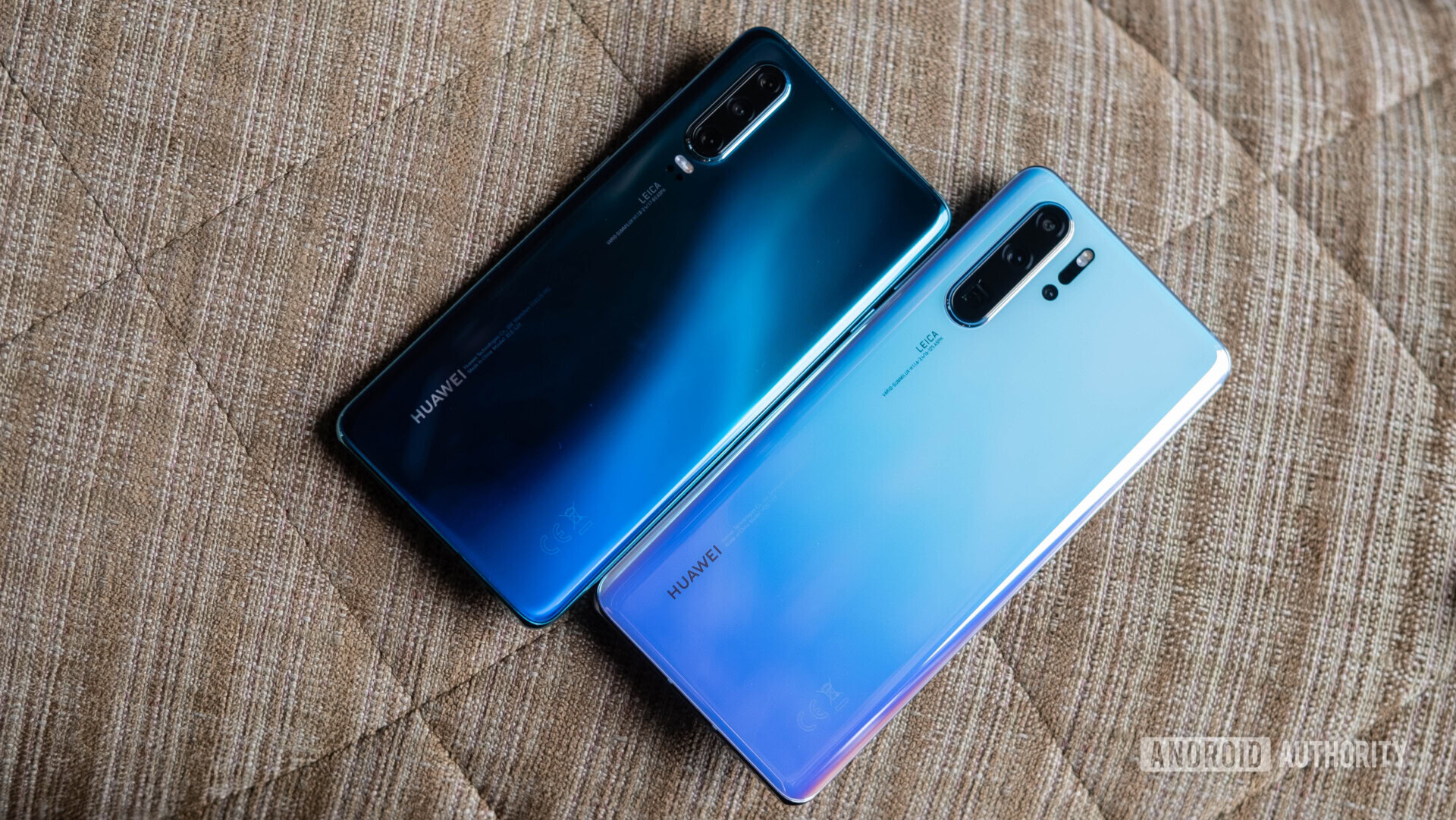
Mobile photography has never been more versatile
Modern smartphones are amazing at point-and-shoot photography, but if you want more advanced features like pleasant background separation, deep zoom, or wide-angle shots your best bet is still a pricey, bulky DSLR. That’s slowly changing, however, as manufacturers push the limits of what can be achieved in a phone form factor.
Probably the most advanced camera phone yet.
In this regard, the P30 Pro is probably the most advanced camera phone yet. We already tested it out and found that the camera setup is very versatile and can capture great images in all kinds of lighting conditions.
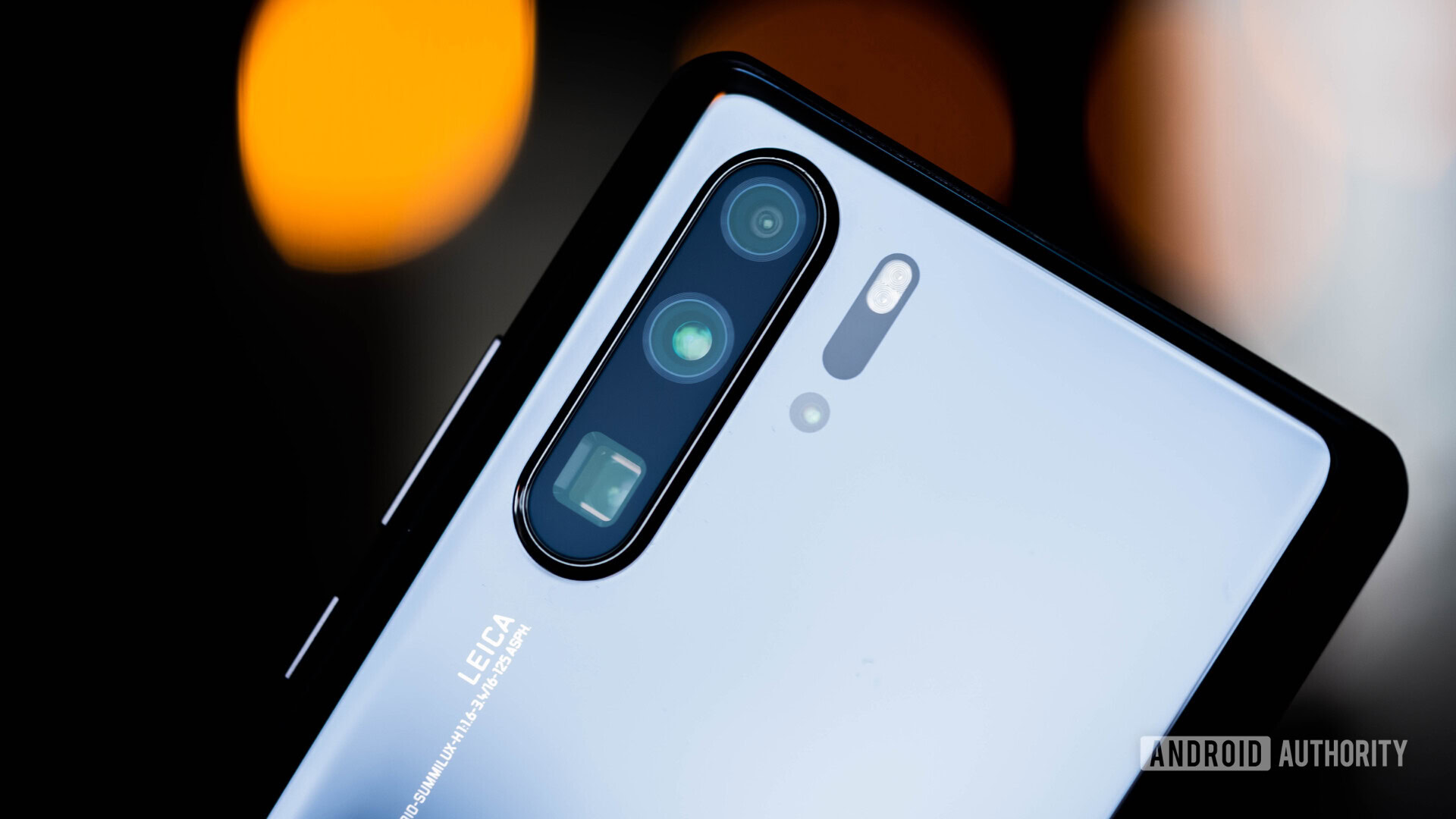
This versatility is achieved through a combination of multiple specialized lenses, new sensor tech, and clever software.
In this post, we’ll focus on the cutting-edge P30 Pro camera. The HUAWEI P30 is a bit more conventional – it only has three cameras (no ToF sensor), it features a 3X-capable zoom camera (instead of 5X), and has a slightly lower-resolution super-wide shooter. As you can see, there’s still a lot to like and the P30 is pretty similar to the P20 Pro from last year – which is no mean compliment.
What the four cameras do
The HUAWEI P30 Pro features four cameras on the back.
The standard lens camera, which will be used in most situations, is in the middle of the triple-camera module. It features a 40MP sensor with a 27mm f/1.6 lens; by default, images are shot at 10MP resolution, meaning data from four adjacent pixels is combined into one using pixel binning, for improved quality.

At the top, you have your ultra-wide-angle camera. This is something we’ve seen before on the Mate 20 Pro and several LG phones. It’s a 20MP 16mm f/2.2 lens that will come in handy for landscapes, groups of people, and many other scenarios where you want to capture a wide scene.
At the bottom of the triple-camera module is the most interesting of the bunch. It’s an 8MP f/3.4 camera that uses a horizontal periscope design to achieve 5X optical zoom and up to 10X hybrid lossless zoom. This is a great feature to have when you want to crop in on a distant subject, be it a face in a crowd or the moon on the night sky.
The 5X optical zoom preserves details and clarity, unlike the standard digital zoom you get on most phones.
The periscope reflects light at a 90-degree angle using a prism. Reflected light then goes through several lenses that are hidden in the body of the phone. The lenses don’t actually move, so the zoom effect is actually achieved through software, as the phone switches between the telephoto and the standard lenses. This is optical zoom, which preserves details and clarity, not the standard lossy digital zoom you get on most phones.
The phone can go up to 10X zoom in lossless mode, though as you can read in our P30 Pro camera explainer, the reality is a bit more complicated. From there, digital zoom kicks in up to an impressive 50X total zoom factor.
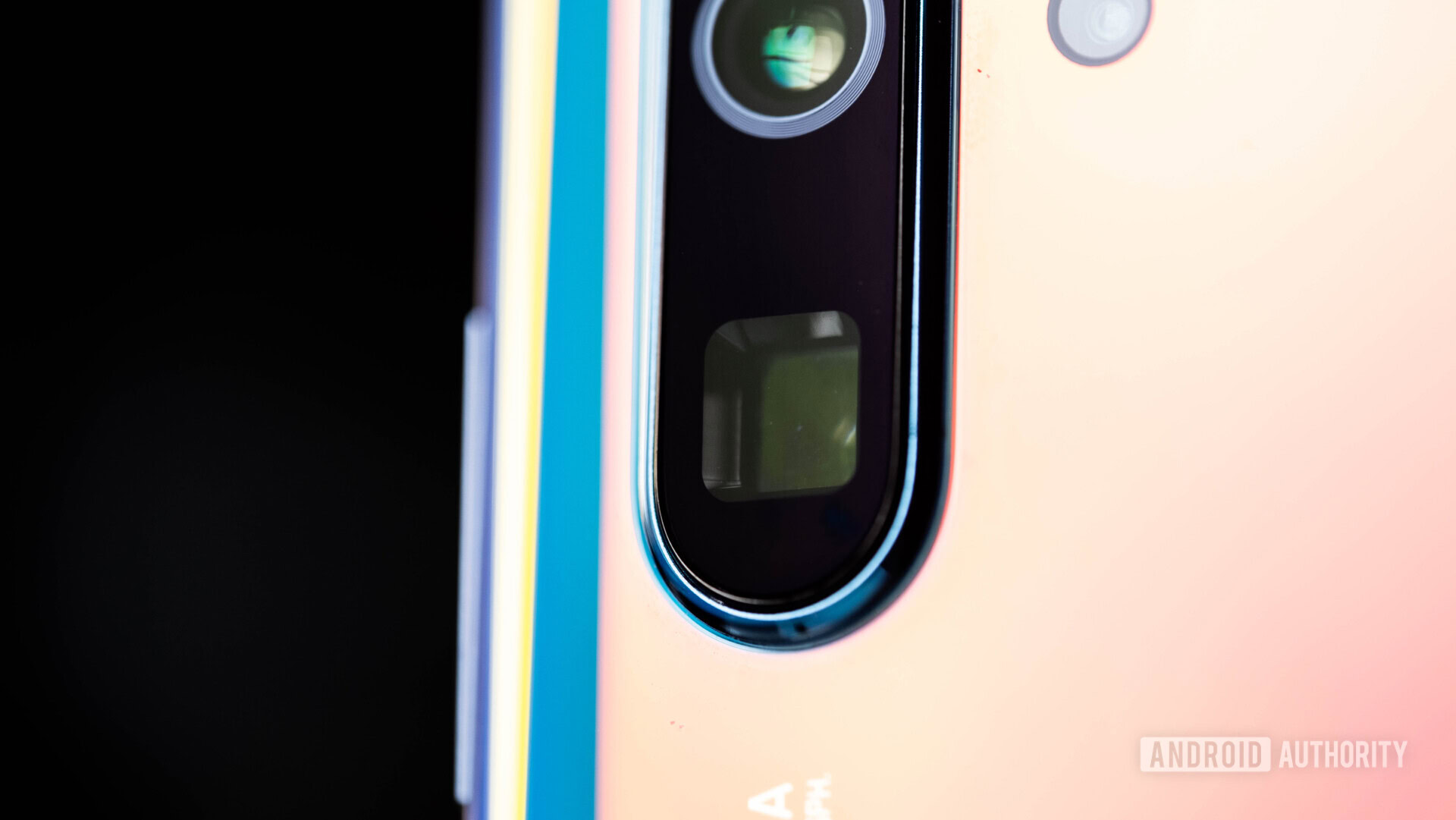
The fourth camera works as a Time-of-Flight (ToF) sensor. Infrared light emitted from a flood illuminator is bounced off nearby objects and captured by the 5MP ToF sensor. This sonar-like tech allows the phone to generate more accurate background blur effects that account for the different distance to objects in the scene. The sensor can also be used for AR applications, such as accurately measuring the physical dimensions of objects in the field of view – HUAWEI claims an accuracy of 98.5 percent.
A new spin on the classic RGB sensor
Put very simply, most camera sensors feature red, green, and blue pixels to capture light from a scene, an arrangement that’s commonly known as RGB. HUAWEI claims to have improved on this setup by replacing the green pixels with yellow ones.
Yellow pixels can capture all the green light, but also some additional red light from a scene, increasing the overall amount of light captured by up to 40 percent. In general, more light equals more clarity for your images.
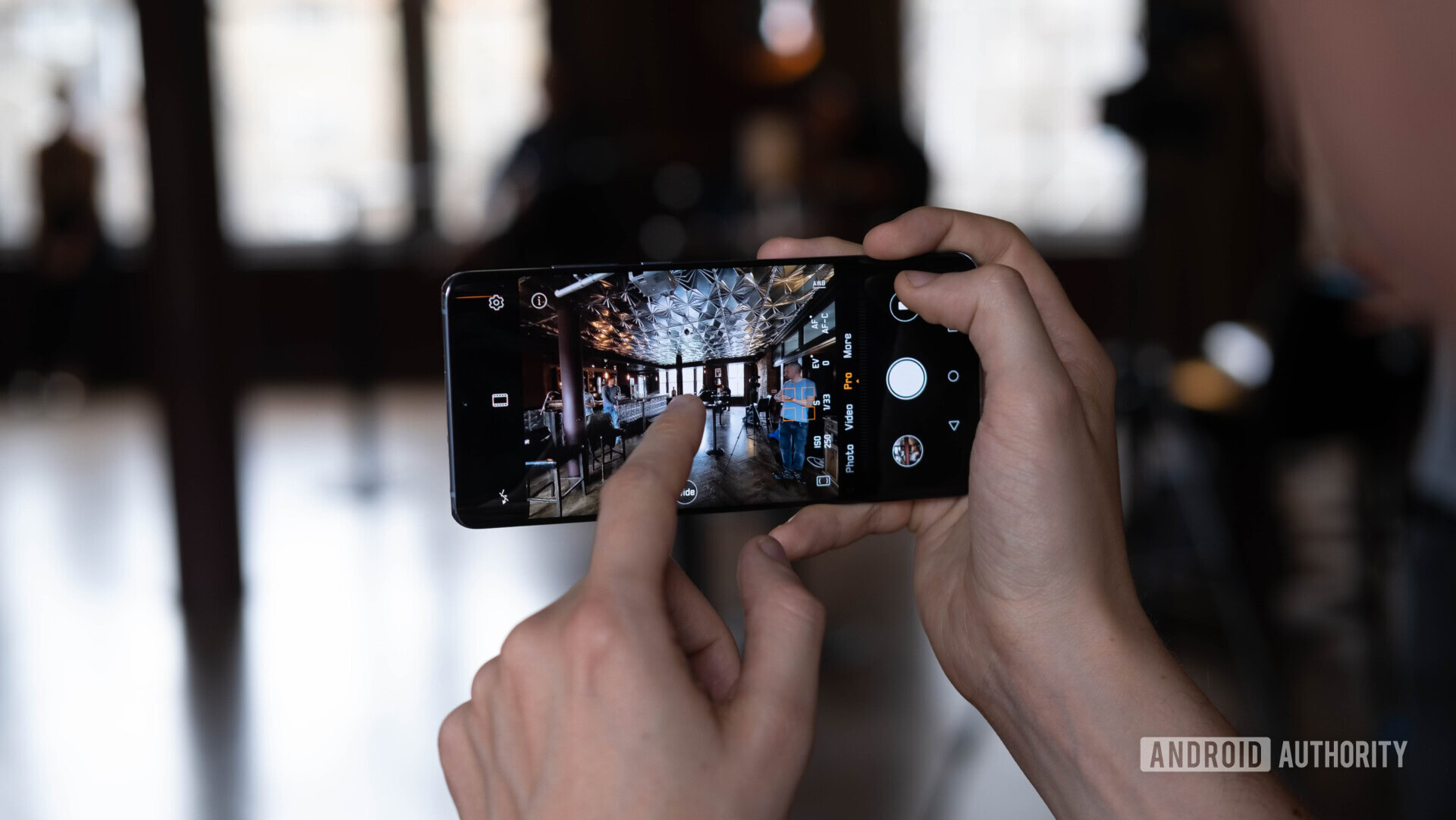
HUAWEI showed a couple of impressive-looking demos, claiming to thoroughly out-shoot competitors in a low-light situation. Thanks to the RYB sensor, dubbed SuperSpectrum, and the algorithms used to discern between red and green light, the P30 Pro can “see” better in low light, the company asserts. This is a claim we’ll thoroughly test in our upcoming HUAWEI P30 Pro review.
More in-depth HUAWEI P30 Pro camera coverage
We already talked a lot about the P30 Pro cameras, but there’s actually a lot more ground to cover. Rob has a great in-depth look at how the cameras work on the P30 Pro, and you can also get a walkthrough on the optical zoom feature, complete with image samples, right here.
The P30 features a headphone jack, unlike the P30 Pro!
HUAWEI P30 vs HUAWEI P30 Pro
Like in previous years, the two models in the P30 series have slightly different specs (and prices).
In this post, we’re focusing on the top-end P30 Pro. You can get all the details on the HUAWEI P30 and HUAWEI P30 Pro specs in this post, but here are the key differences:
- HUAWEI P30 has a smaller, flat display at 6.1 inches, versus the P30 Pro’s curved 6.47-inch display. (Both screens are Full HD+ OLED.)
- HUAWEI P30 has three cameras, instead of four, and doesn’t come with a periscope optical zoom camera.
- The battery on the P30 is 3,650mAh, versus 4,200mAh on the P30 Pro.
- HUAWEI P30 has 25W fast charging, instead of 40W. It lacks the P30 Pro’s wireless charging and reverse wireless charging.
- P30 is rated IP53 for water and dust resistance. P30 Pro is IP68.
- The P30 features a headphone jack, unlike the P30 Pro!
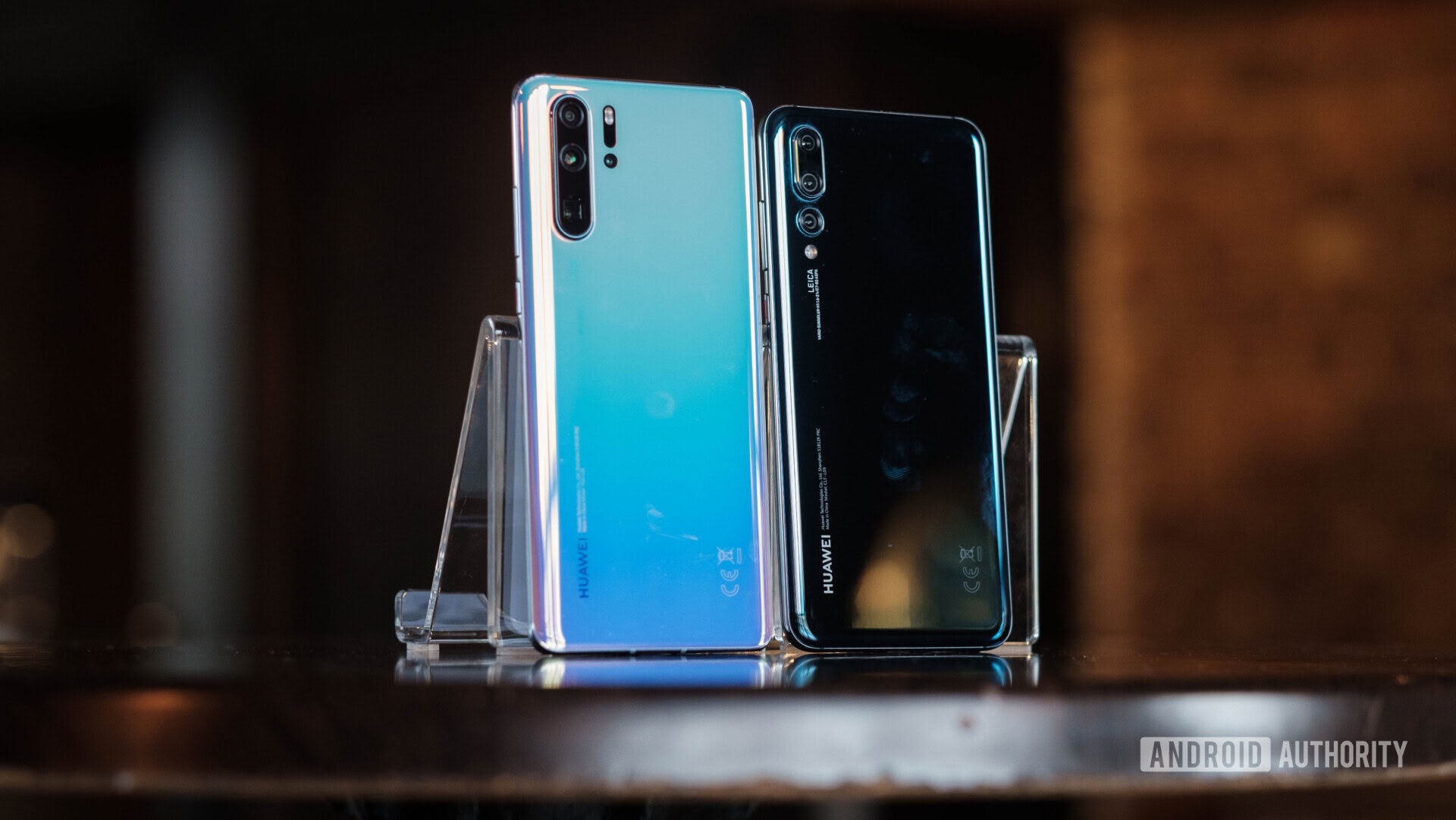
Great core specs
Both the P30 and the P30 Pro are powered by HUAWEI’s best current processor, the Kirin 980. It’s a chip we’ve seen on the Mate 20 Pro and a couple of HONOR devices. It excels at AI processing and raw performance, but it’s outshone in graphical performance by Qualcomm’s Snapdragon 855. It can definitely handle anything you throw at it, helped by generous RAM allotments: 6GB on the P30 and 8GB on the P30 Pro.
Storage starts at 128GB, and goes up to 512GB for the top P30 Pro. You get a memory card slot, but it’s HUAWEI’s proprietary Nano Memory format, which may prove inconvenient for some users.
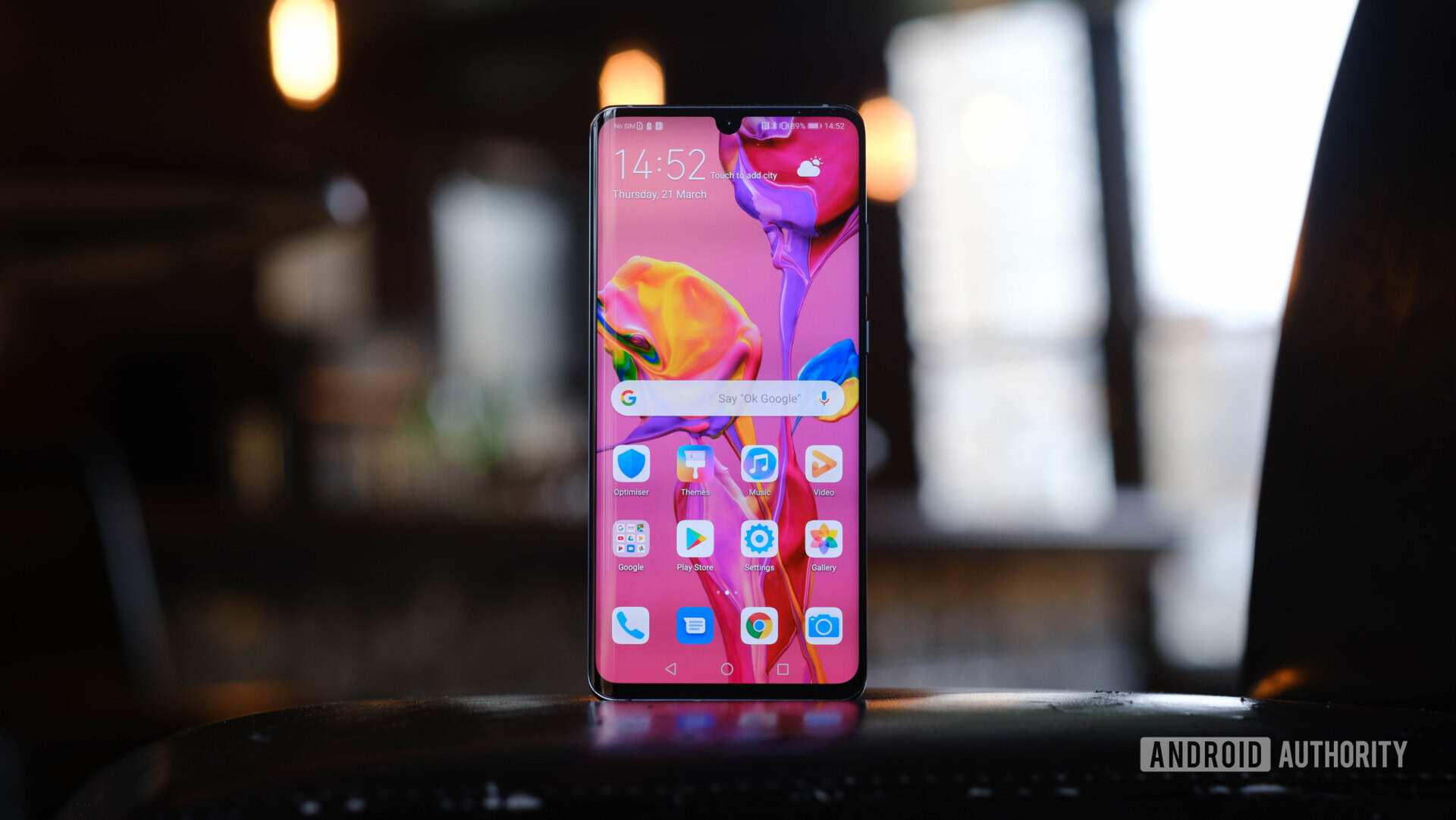
The P30 Pro picks up the Mate 20 Pro’s excellent battery/charging feature set. The 4,200mAh battery can be fast-charged up to 70 percent in just 30 minutes, and you can also use 15W fast wireless charging and reverse wireless charging.
Mate-like design, with a few changes
The HUAWEI P30 Pro looks a lot like the Mate 20 Pro. The two phones are pretty similar in size and weight, and feature similar curved-edge displays.
There are some key differences though. The notch on the P30 Pro’s display is much smaller. That’s because it only houses the 32MP selfie camera, instead of the Mate 20 Pro’s 3D facial scanner. While the smaller notch is less intrusive, it also means the P30 Pro only features a software-based facial unlocking tech, rather than the 3D variant, which is faster and more secure.

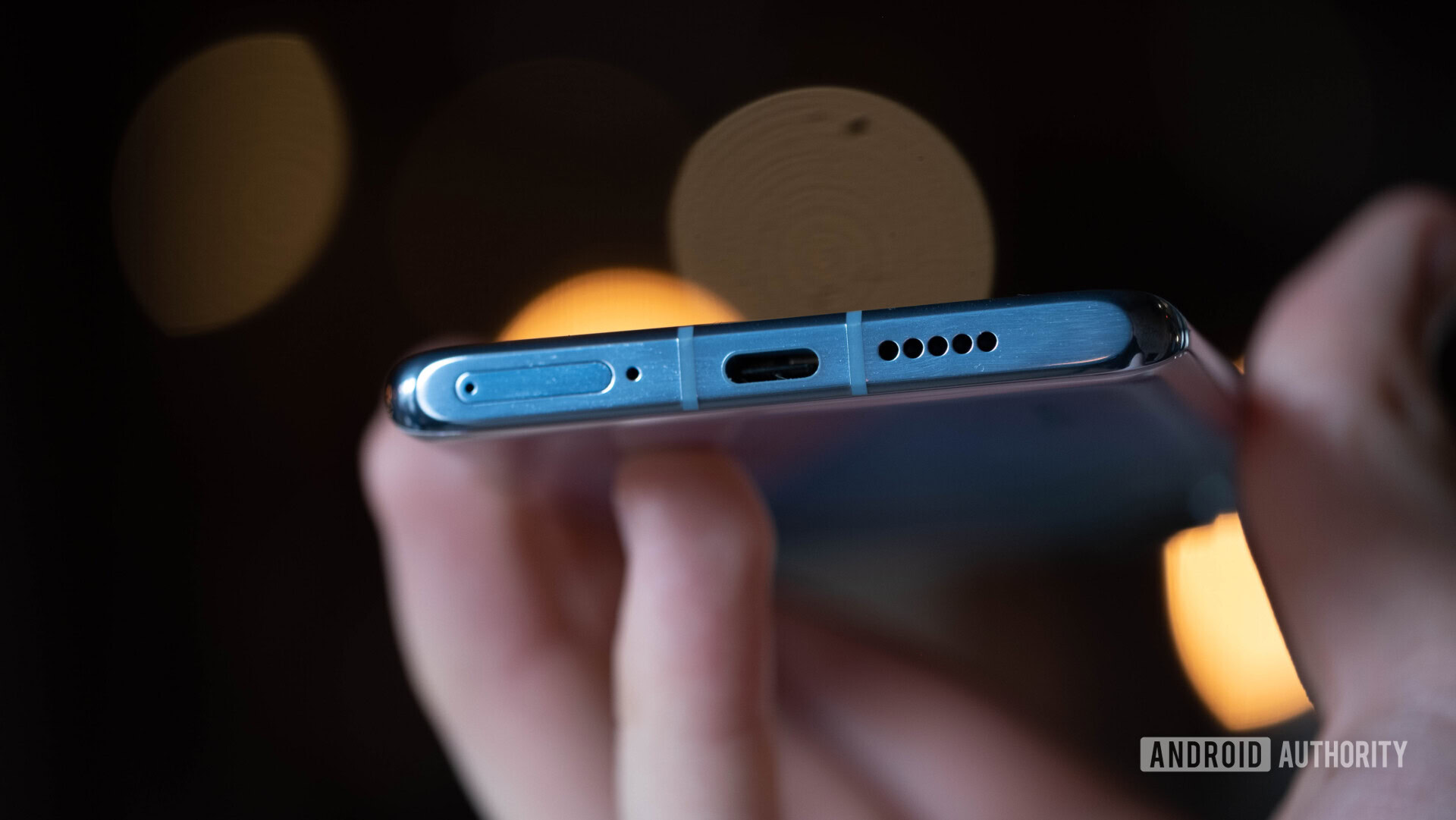
Like the Mate 20 Pro, the P30 Pro and P30 come with optical in-display fingerprint readers. This time around, the scanner has been placed lower on the screen to make it easier to use, and HUAWEI claims it’s also been improved compared to the Mate 20 Pro.
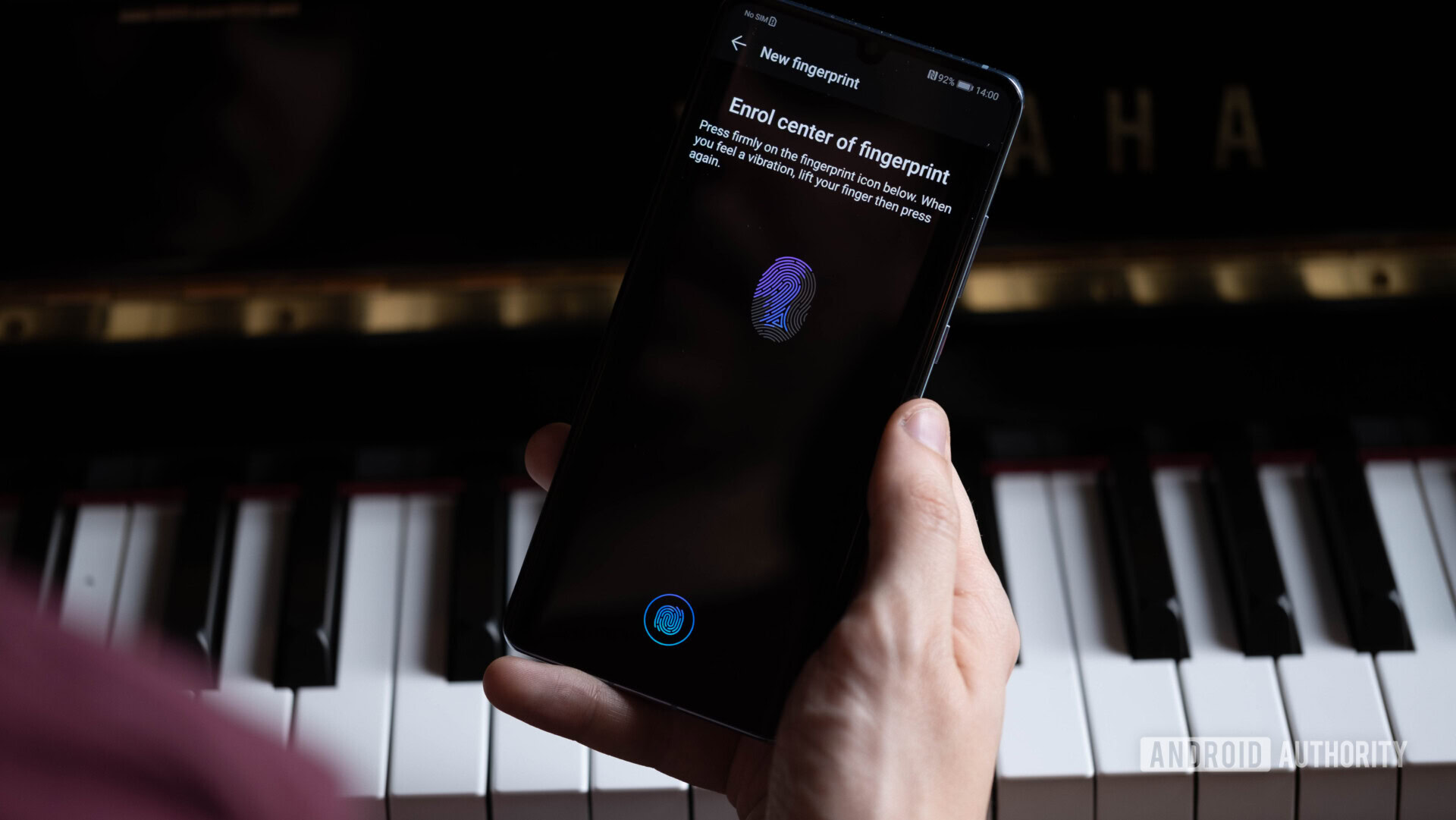
The biggest design difference is, of course, the different setup of the cameras on the back. Other than that, the P30 and P30 Pro have flatter sides compared to the Mate 20 Pro.
In-display call speaker
Taking a page from LG’s book, HUAWEI has hidden the phone-call speaker below the P30 Pro’s screen. The company says the feature is based on “electromagnetic levitation” but what that basically means is the screen vibrates and generates sound when you put it next to your ear.
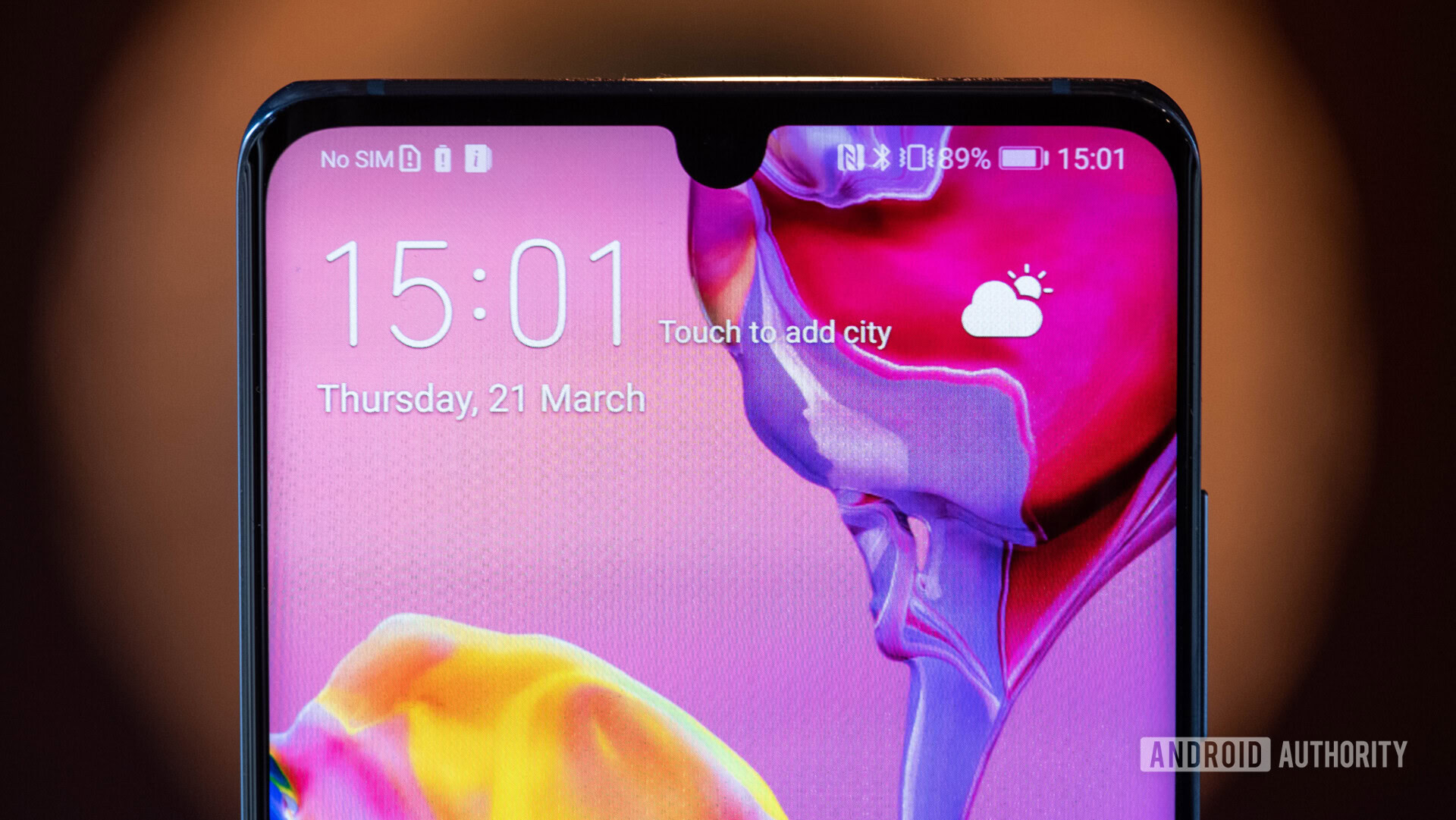
The feature worked really well in our brief time with the device, with call sound coming out loud and clear. Note that only the call speaker is embedded like this – for everything else, sound comes out from a conventional speaker on the bottom of the phone.
Love them or hate them, HUAWEI’s gradient colorways are here to stay.
All-in on gradient colorways
Whether you find them gorgeous or gaudy, HUAWEI’s gradient colorways are here to stay. The P30 and P30 Pro are available in five colorways and only one of them is not a gradient – Black. Here are the four others:
- Amber Sunrise – an extremely striking reddish-orange hue
- Breathing Crystal – a subtle light green-to-blue transition
- Pearl White – a pearly combination of white and faint purple
- Aurora – a new take on the purple-and-blue Aurora colorway introduced last year
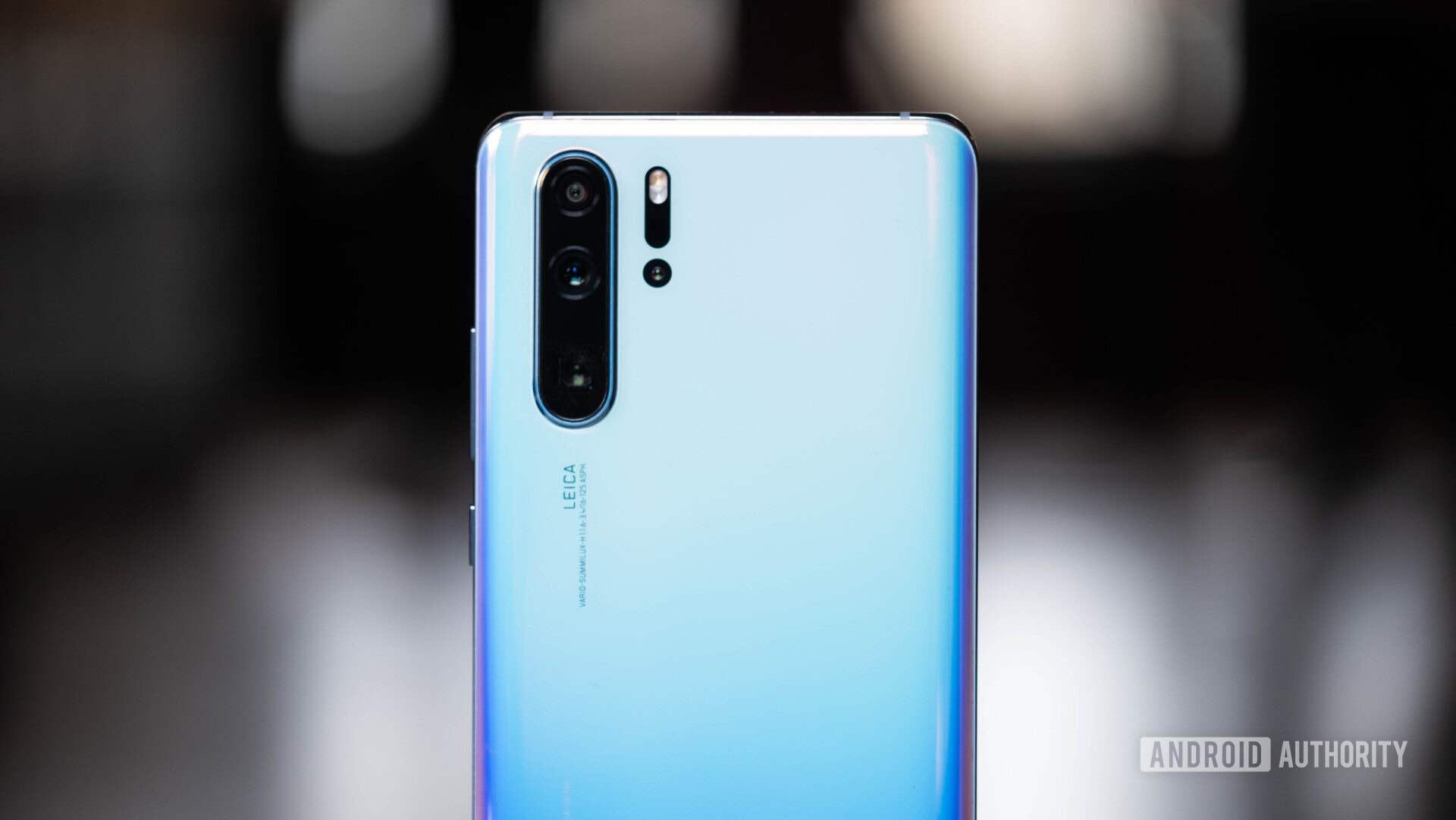
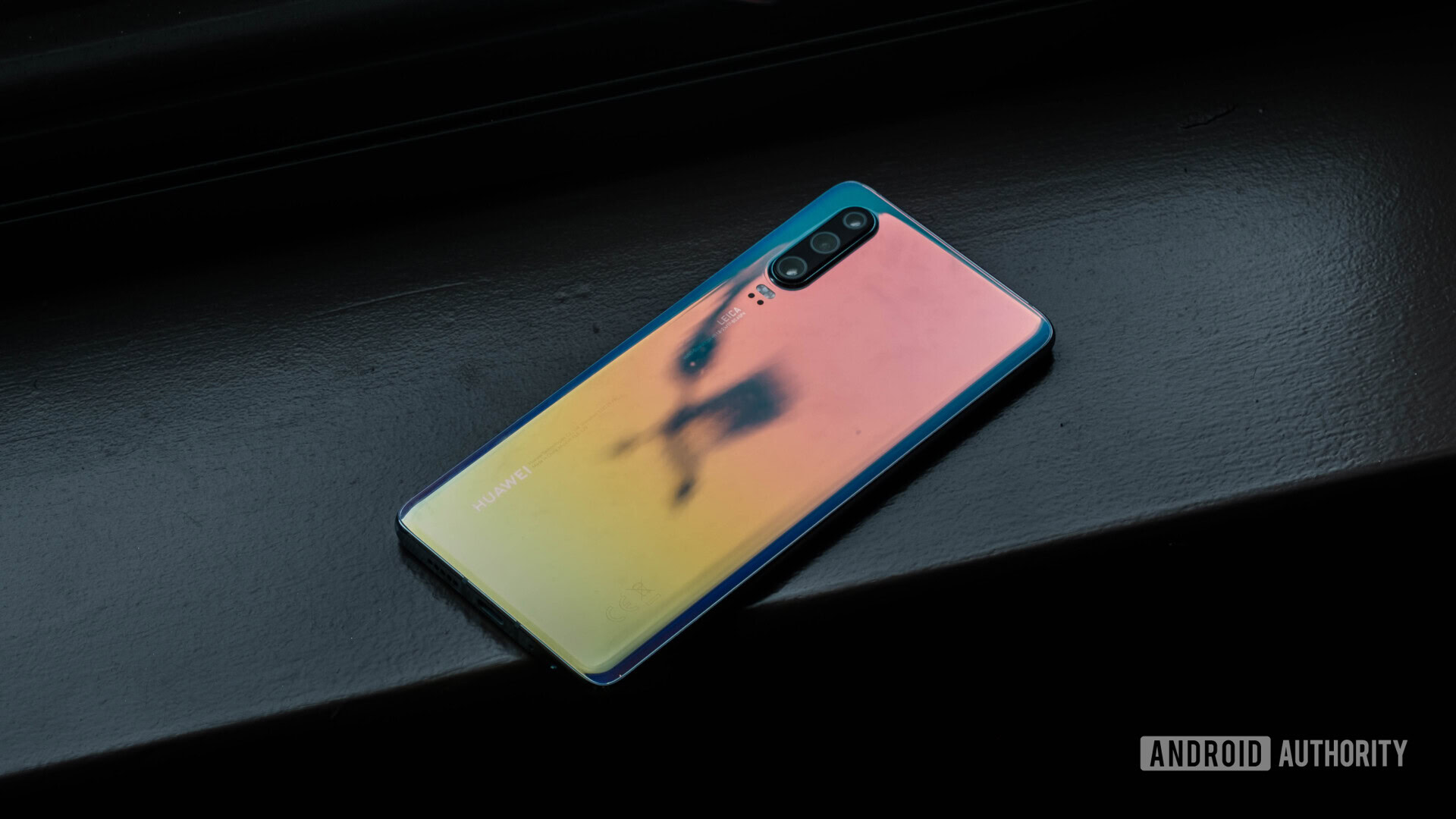
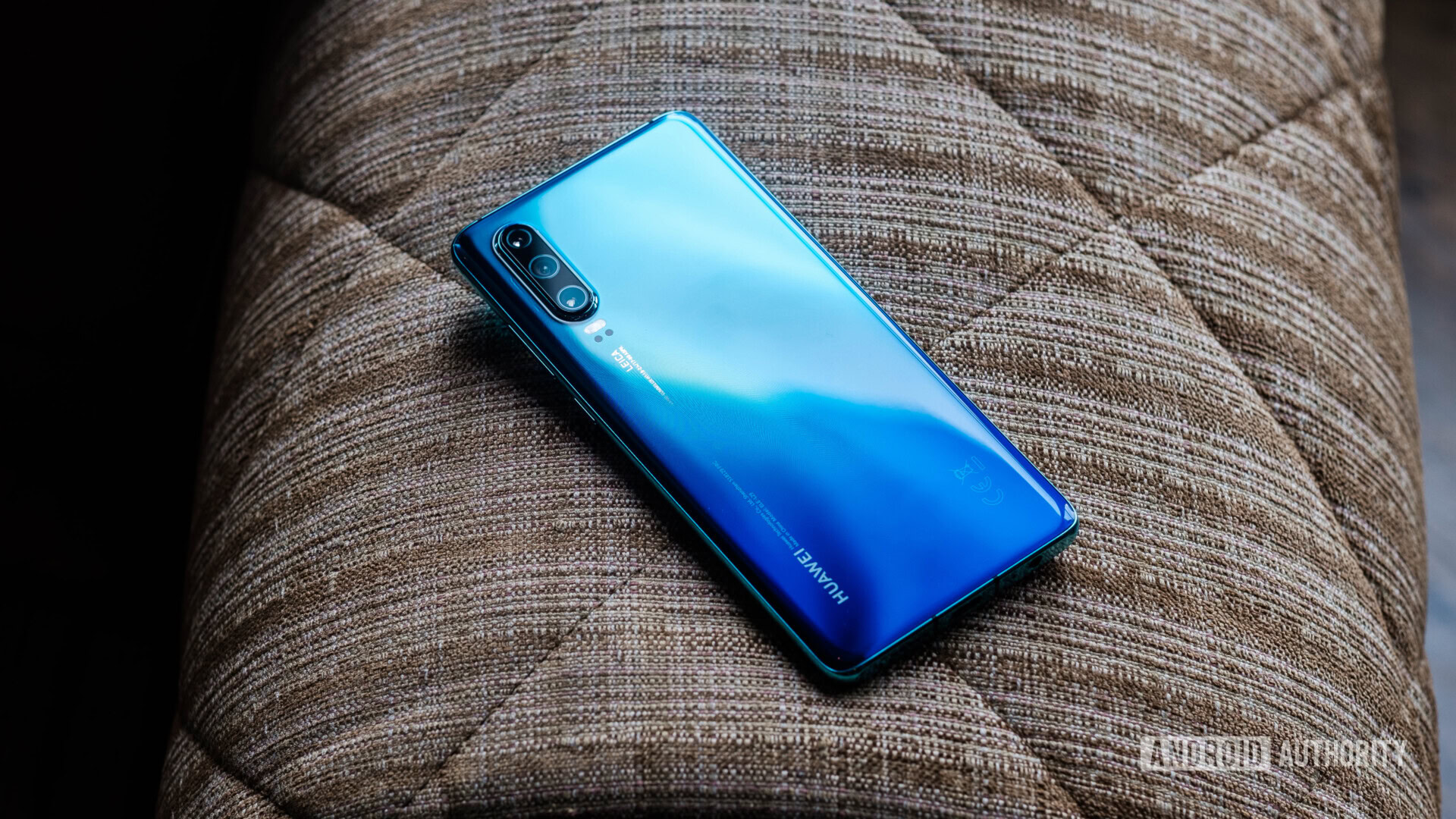
EMUI 9.1
The HUAWEI P30 Pro ships with EMUI 9.1, a tweaked version of the software that launched on the Mate 20 Pro last fall. It’s based on Android 9 Pie, and includes a handful of new integrations. Thanks to a partnership with Audi for instance, P30 Pro owners will be able to unlock and start their cars with their phones – it only works on seven models unfortunately.
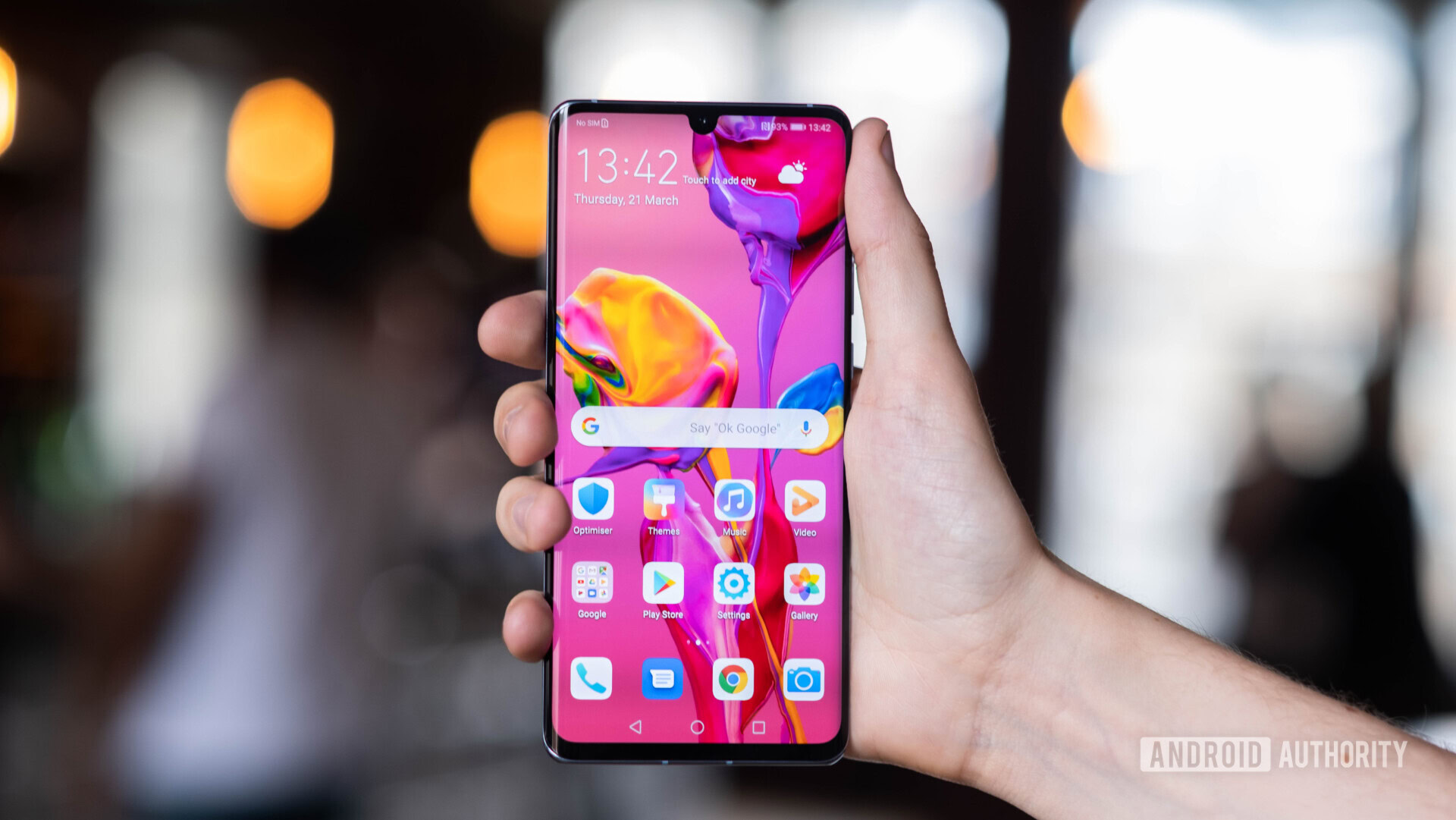
The phone also integrates HUAWEI’s OneHop feature for quick sharing to Windows PCs like HUAWEI’s MateBook X Pro, as well as fitness data synchronization with certain treadmill models from LifeFitness and Precor.
Price and availability
The HUAWEI P30 will cost 799 euros ($902~) and will only be available with 6GB of RAM and 128GB of storage. The HUAWEI P30 Pro will retail for 999 euros ($1128~) for the version with 8GB of RAM and 128GB of storage, 1,099 euros ($1241~) for the version with 8GB of RAM and 256GB of storage, and 1,249 euros ($1410~) if you want to spring up for 8GB of RAM and 512GB of storage. All versions come with HUAWEI’s proprietary Nano Memory card expansion slot. The phones will go on sale starting today.
A cool new accessory: HUAWEI FreeLace
HUAWEI also announced today a new pair of wireless headphones. The FreeLace feature an over-neck design, magnetic buds, and integrated USB-C that lets you pair them and charge them by connecting them to your phone. Five minutes of charging should give you four hours of playback time, which is pretty impressive – you can read more details about the HUAWEI FreeLace here.
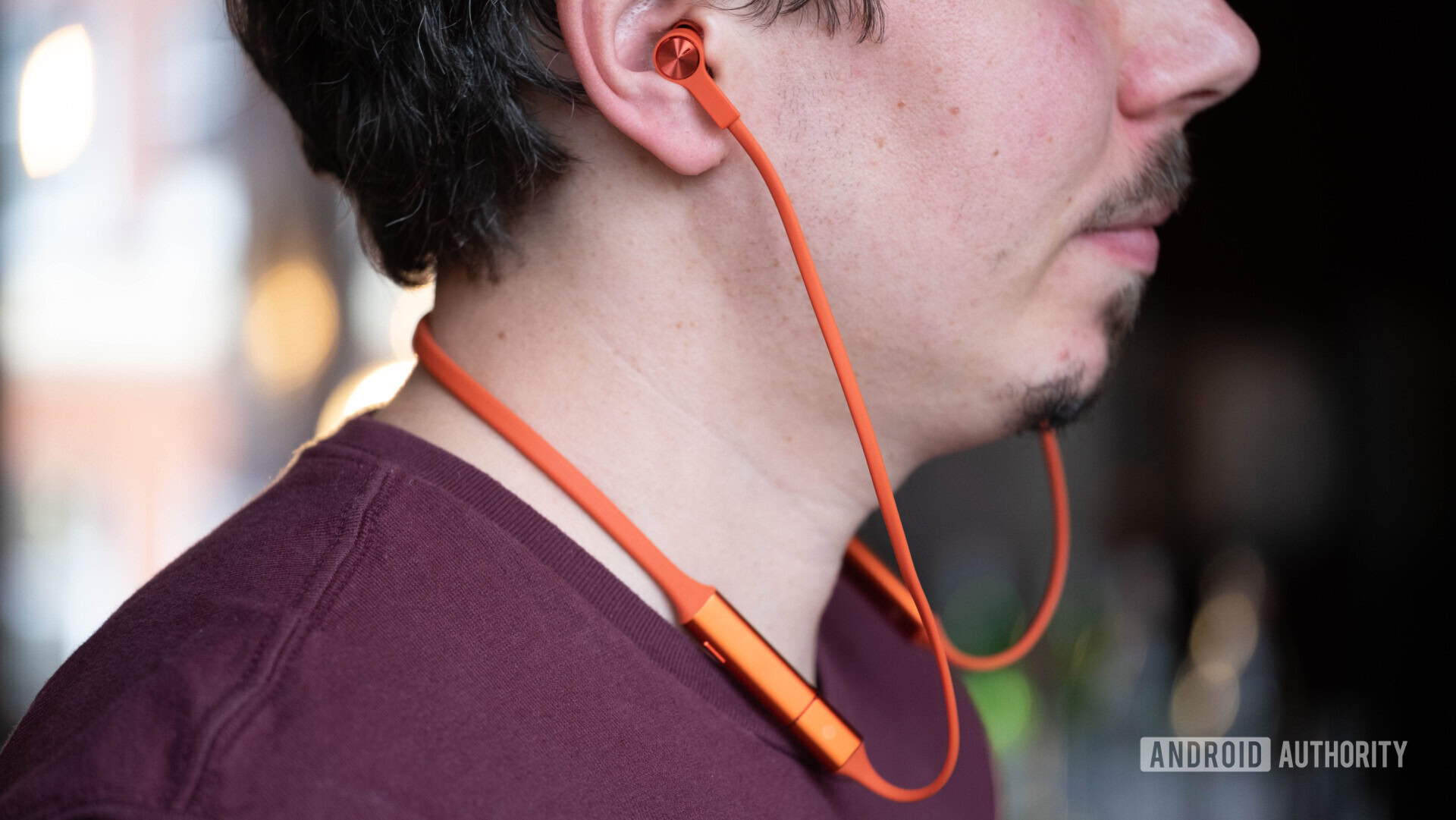
More HUAWEI P30 and P30 Pro coverage
Find out everything there is to know about the HUAWEI P30 and HUAWEI P30 Pro:
- HUAWEI P30 Pro review
- HUAWEI P30 Pro full specs and features rundown
- HUAWEI P30 Pro camera technology explained
Thoughts on the HUAWEI P30 and P30 Pro? Let us know in the comments!